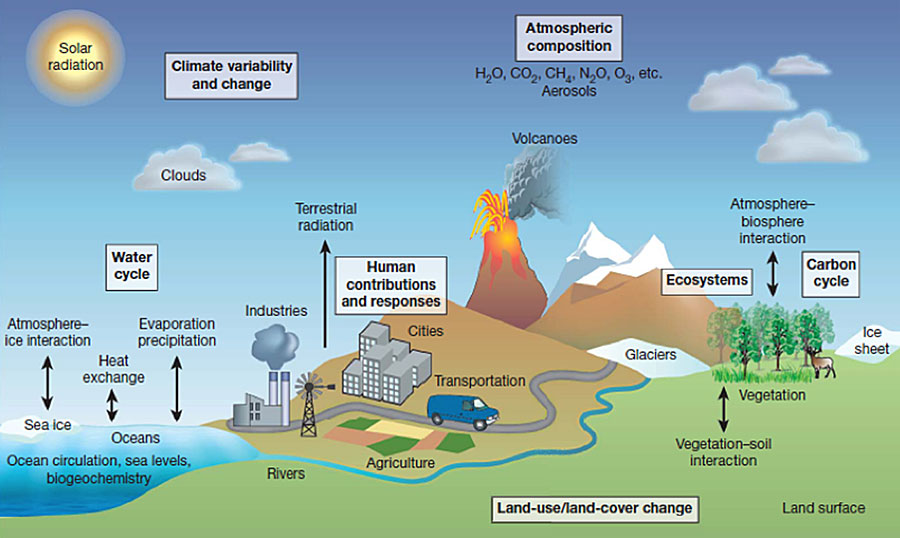Environmental geography is a fascinating discipline that bridges the gap between physical geography and human geography, focusing on the intricate relationships between humans and the natural world. Understanding the origin of environmental geography is essential to grasp how this field has evolved into its modern form and the role it plays in addressing today’s most pressing environmental challenges. This branch of geography has roots in ancient thought but has been shaped by various intellectual movements, technological advances, and global environmental concerns throughout history.
Environmental geography is unique because it does not merely study natural landscapes or human societies in isolation. Instead, it seeks to understand how human activities affect the environment and, in turn, how the environment influences human societies. This interaction is central to many of the most critical challenges we face in the 21st century, such as deforestation, pollution, and global warming.
Environmental geography is a sub-discipline of geography that examines the complex relationship between human beings and their natural environment. It goes beyond simply studying the physical landscape or the human systems built on it. Instead, it integrates the two, focusing on how human activities affect natural systems and how these natural systems, in turn, shape human life. This interdisciplinary approach is what makes environmental geography a distinct and invaluable field of study, especially in an era where human impact on the environment is increasingly evident.
At its core, environmental geography aims to understand how the environment and human societies co-exist and co-evolve. It considers both physical geography, which deals with the natural environment (e.g., climate, topography, ecosystems), and human geography, which studies human activities (e.g., urban development, population dynamics, agricultural practices). Environmental geography seeks to merge these perspectives by examining how human actions, such as deforestation or industrialization, impact natural systems, and how environmental factors like natural disasters or climate changes influence human activities.
For instance, environmental geography might study how urbanization contributes to deforestation, leading to a loss of biodiversity and alterations in climate patterns. Conversely, it might also look at how changes in the climate, such as prolonged droughts, drive human migration or alter agricultural practices.
Differences Between Environmental Geography and Other Branches of Geography
Environmental geography stands apart from other branches of geography by its holistic perspective. While physical geography focuses on the natural environment—such as landforms, climate, and ecosystems—and human geography studies human societies and their spatial dynamics, environmental geography links these two realms. This linkage allows for a more integrated approach to understanding real-world problems, particularly those associated with human-induced environmental change.
For example:
- Physical geography might study the structure of a river system.
- Human geography would explore how human settlements have developed around that river.
- Environmental geography, on the other hand, examines how human activities (like dam building or industrial runoff) alter the river system, and how these changes impact the surrounding ecosystem and communities.
This interdisciplinary focus is vital for addressing contemporary issues such as climate change, natural resource depletion, and environmental sustainability. Environmental geographers often use tools like Geographic Information Systems (GIS) to analyze data and create spatial models that show the interconnectedness of human and natural systems.
In short, environmental geography is the study of the dynamic and often delicate balance between humans and their environment. Its origin is deeply tied to the historical development of both physical and human geography, and it has evolved into a crucial field for understanding and mitigating the environmental challenges of the modern world.

